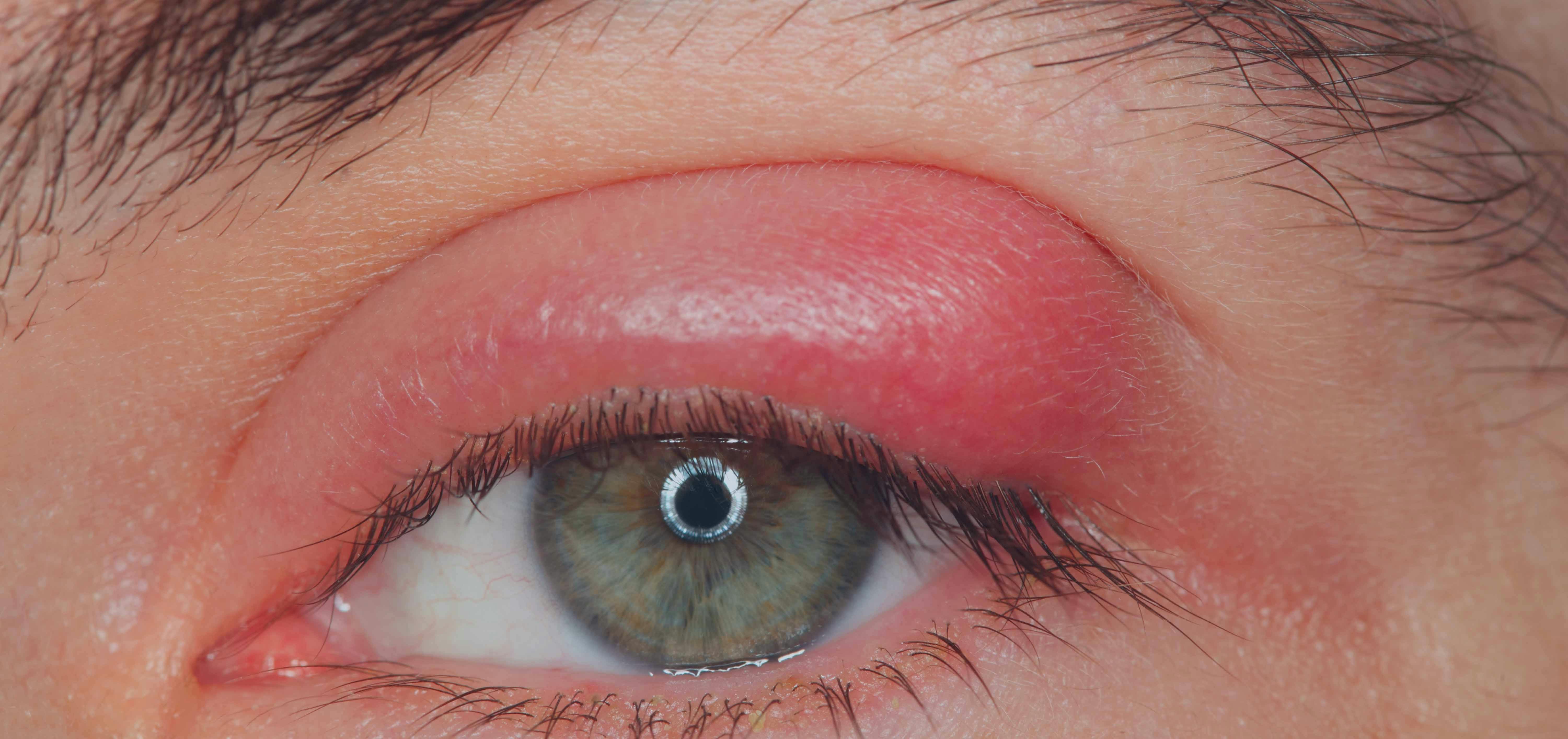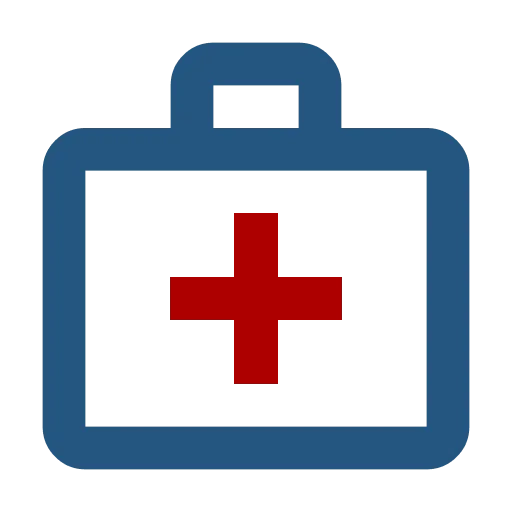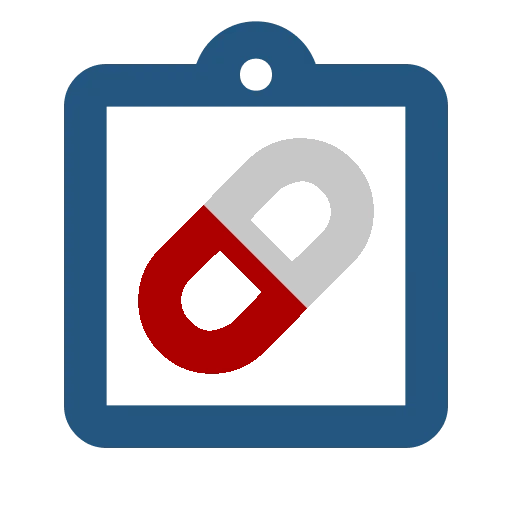Treating eyelid conditions


Introduction
Introduction
The upper and lower eyelids play an essential role in protecting the eye.
The most common eyelid conditions are called styes and chalazions. Chalazions and styes initially cause redness and swelling of the eyelid, and it may be difficult to differentiate between them at first.
A stye is an infection of the eyelid margin and starts with redness of the eyelid, often followed by the appearance of a white spot (pus). A stye is spontaneously painful, even more so when touched. The germ responsible is the 'Staphylococcus aureus'.
A chalazion is an inflammatory lesion that appears within the thickness of the eyelid due to the blockage of a gland. This results in a swelling area containing fluid in the eyelid, causing a bulge ('a small bump') that makes the skin protrude. A chalazion is usually not very painful.
It is, of course, very important to differentiate eyelid conditions from those affecting the eye itself, which have different origins and require different treatments.

Causes
Causes
Even though the mechanisms behind styes and chalazions are well known, we often do not know what triggers the appearance of a lesion in a given person. This could be, for example, the use of expired makeup or contact between dirty fingers and the eyelid.

Treatments
Treatments
Applying warm compresses for five to ten minutes, two to three times a day is useful for both styes and chalazions. These eyelid conditions are very common and most often heal spontaneously within a few days.
A local treatment, for example in the form of an ointment, can however speed up the healing process (tobramycin for example).
In rare cases, an intervention may be necessary, but fortunately this is not common.

Attention
Attention
Certain situations require a more in-depth evaluation: for example, when the eyelid or eye condition follows a trauma, when the person has a fever, when both eyelids are affected, or if the lesions are accompanied by skin involvement.

For more information
For more information
You will find more information about styes and chalazions on the Merck Manual website.